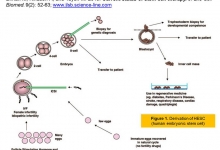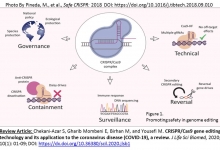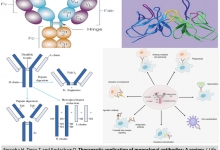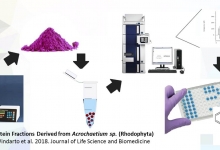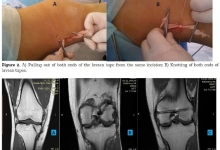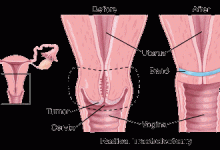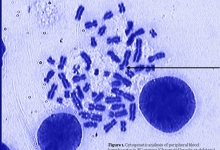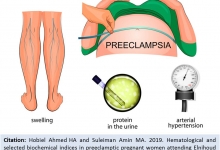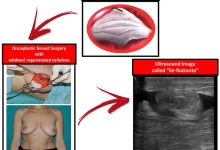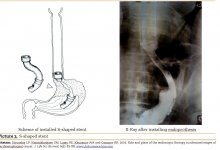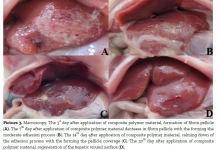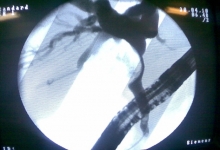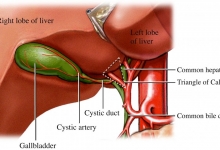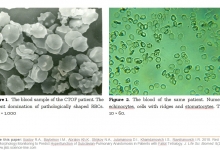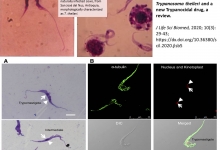Previous issue | Next issue | Archive
| Enhancing metabolic health and exercise performance with zinc-enriched postbiotic supplementation: a nutritional intervention study |
Research Paper
Enhancing metabolic health and exercise performance with zinc-enriched postbiotic supplementation: a nutritional intervention study
Cune J, Tintore M, Marti L., De Lecea C, and Marti A.
J. Life Sci. Biomed., 14(1): 01-08, 2024; pii:S225199392400001-14
 DOI: https://dx.doi.org/10.54203/jlsb.2024.1
DOI: https://dx.doi.org/10.54203/jlsb.2024.1
Abstract
In recent years, the focus on improving well-being through natural solutions, such as dietary adjustments to improve the composition and functionality of the microbiota, has gained prominence. This study explored the effects of a zinc-enriched postbiotic of whole-cell yeast strains (Saccharomyces boulardii ABB S3, Kluyveromyces marxianus ABB S8, and Saccharomyces cerevisiae ABB S6) on metabolic health and gastrointestinal well-being in resistance-training individuals. Over a 30-day period, 18 participants who experienced gastrointestinal discomfort and were not using other dietary supplements underwent evaluation. The intervention aimed to assess changes in serum zinc levels, protein metabolism indicators, and gastrointestinal health, using a repeated measures design for comprehensive data analysis. Results showed a significant increase in serum zinc levels and improvements in protein metabolism markers, alongside reduced gastrointestinal discomfort. These findings underline the efficacy of zinc-enriched postbiotic supplementation in enhancing metabolic health, and suggest that such targeted nutritional interventions can significantly benefit exercise performance and general well-being. The study's outcomes support the potential of incorporating postbiotics into dietary strategies for health maintenance, offering a promising direction for future research in nutritional science and the management of exercise-induced gastrointestinal symptoms.
Keywords: Dietary Supplements, Gastrointestinal Microbiome, Metabolic Diseases/prevention & control Postbiotics, Zinc/metabolism, Exercise Performance
[Full text-PDF] [ePub] [Export citation from ePrint] [How to Cite]
| Comparing healthcare service utilization in insured vs. noninsured households in Rural Atsbi Womberta, Ethiopia |
Research Paper
Comparing healthcare service utilization in insured vs. noninsured households in Rural Atsbi Womberta, Ethiopia
Abdelkadir KS and Hagos BS.
J. Life Sci. Biomed., 14(1): 09-29, 2024; pii:S225199392400002-14
DOI: https://dx.doi.org/10.54203/jlsb.2024.2  Abstract
Abstract
Community-based health insurance schemes (CBHI) in Africa are gaining attention due to high healthcare costs in developing nations, affecting 6% of individuals in extreme poverty. The World Health Organization emphasizes the need for sustainable health funding schemes to ensure access to health services. Ethiopia faces poor healthcare funding, making it one of the world's poorest nations. Tigray implemented community-based insurance as a pilot study in 69 rural communities since 2010. The objective of this study was compare differences in healthcare service utilization between community-based health insurance among insured and non-insured households in rural Atsbi-Wemberta district. A community-based comparative cross-sectional study with a qualitative approach was conducted on 172 households. Data was analyzed using SPSS, and inferential statistics were used to measure factors' association with outcome variables. A study in Kebelle revealed that the majority of respondents were female-headed, engaged in both insurance schemes, and had higher education levels. Marital status was also significant, with 89% living with their families. The majority were married, with 91.8% insured and 86.0% uninsured. Family size and income were significant factors, with high-salary households less likely to be members of the CBHI scheme. The study found that most participants considered themselves intermediate healthcare providers, with limited service due to affordability and segregation. The study suggests increasing healthcare service utilization by introducing CBHI to improve access to healthcare and promote good governance. However, the study faces criticism for unfairness and insufficient benefits for non-insured participants. Household were enrolled in CBHI (56.2%) were more probable to use health care service than households who were not enrolled (43.8%) (χ2=21.359, p<0.001). Community Benefits Insurance (CBHI) has increased healthcare utilization among insured households due to reduced illness costs and increased healthcare professional involvement. Factors like income, family size, and travel time contribute to higher utilization. However, challenges include lack of knowledge and community awareness.
KEYWORDS: Community, health insurance, health care service utilization, rural, Atsbi-Womberta.
Keywords: Enset, Bacterial wilt, Incidence, Prevalence, Severity
[Full text-PDF] [ePub] [Export citation from ePrint] [How to Cite]
Previous issue | Next issue | Archive
![]() This work is licensed under a Creative Commons Attribution 4.0 International License (CC BY 4.0)
This work is licensed under a Creative Commons Attribution 4.0 International License (CC BY 4.0)


